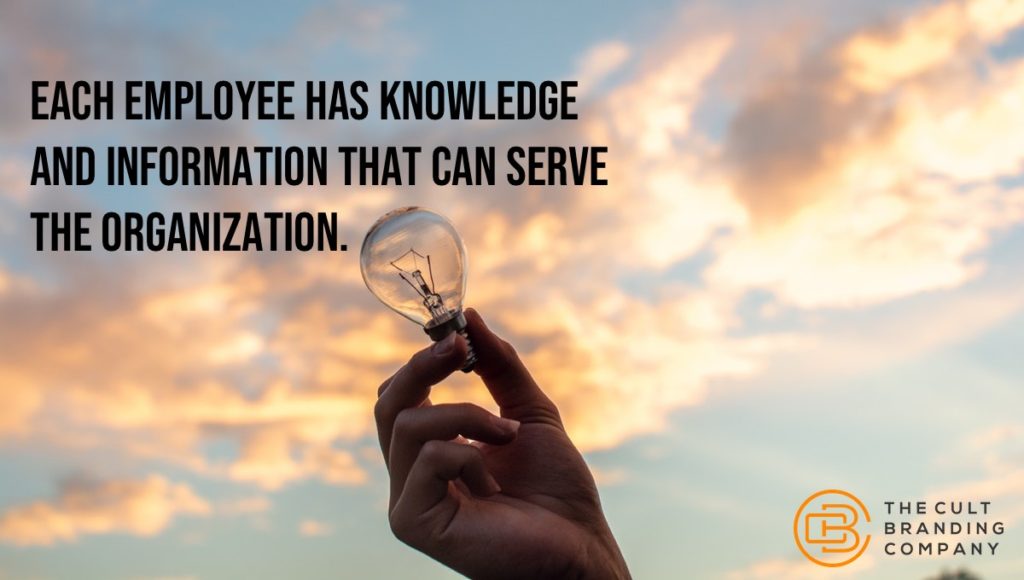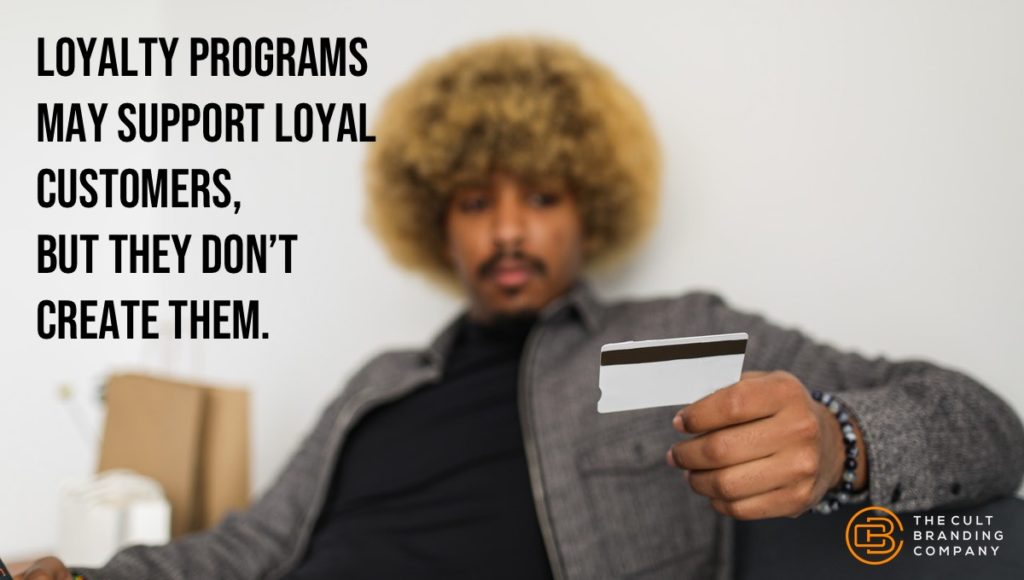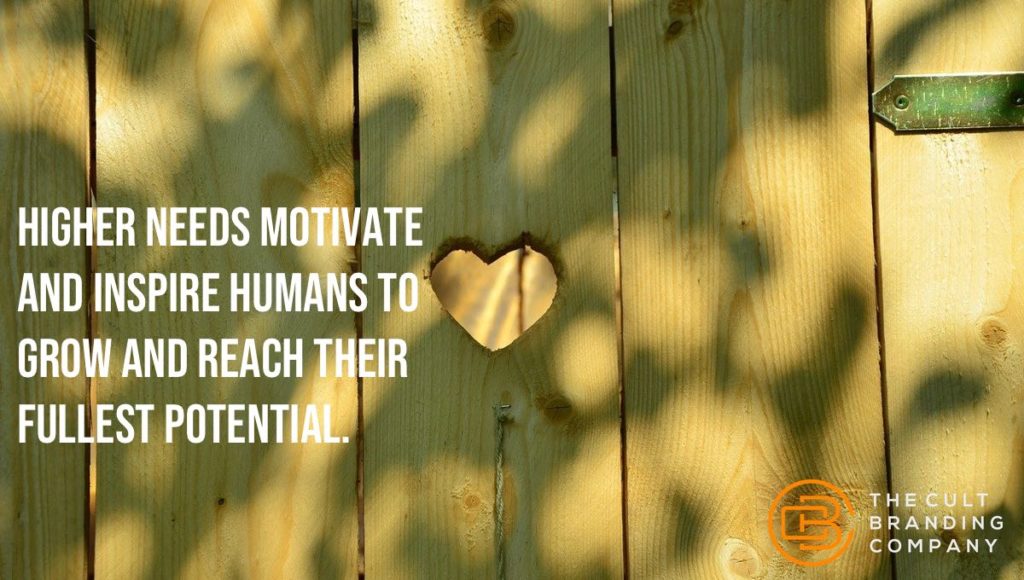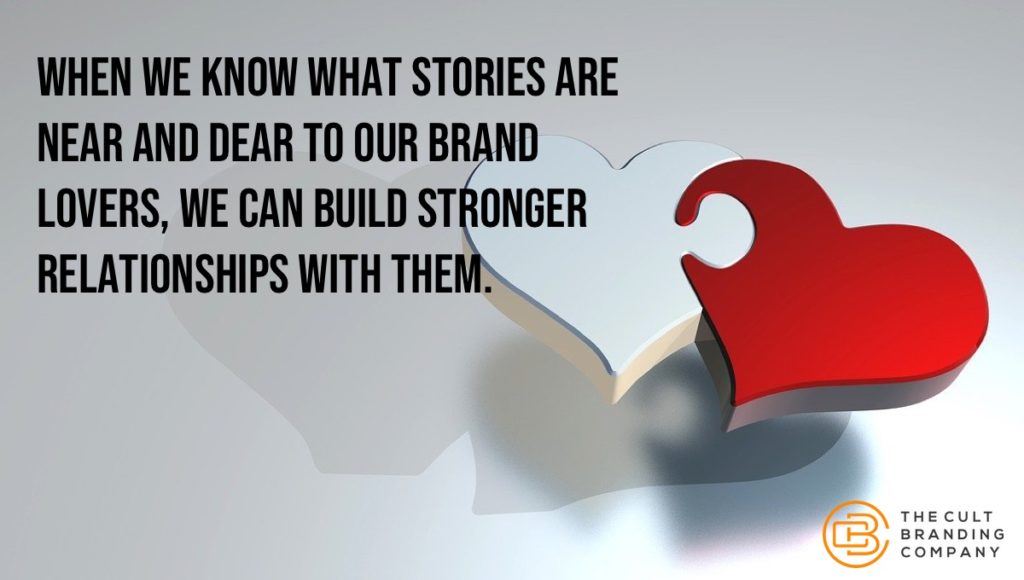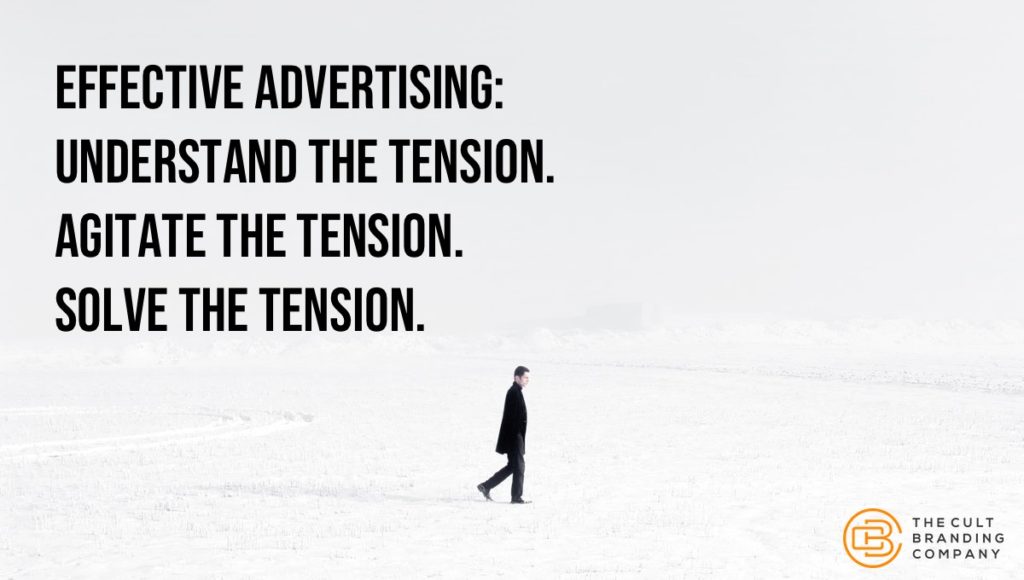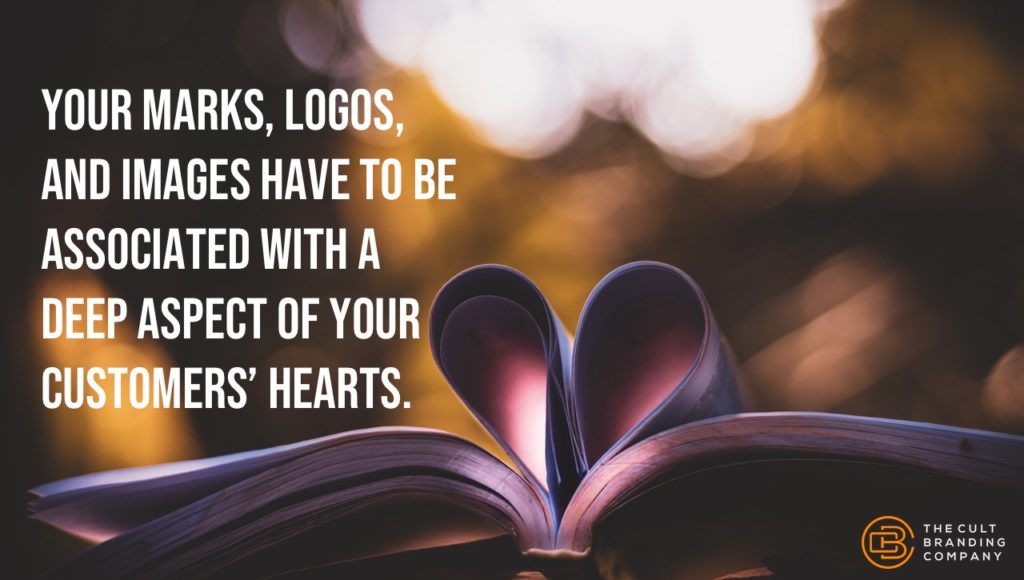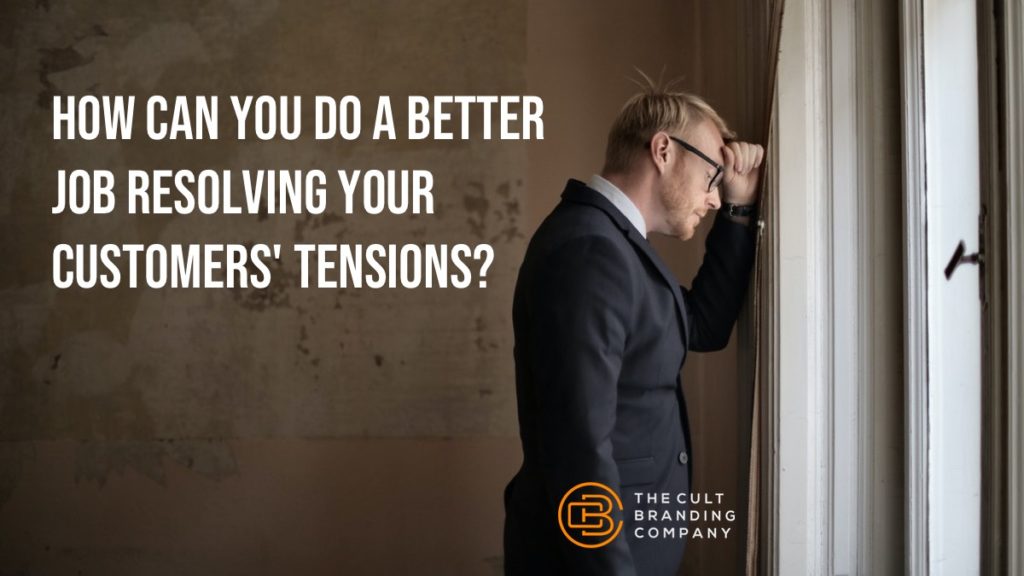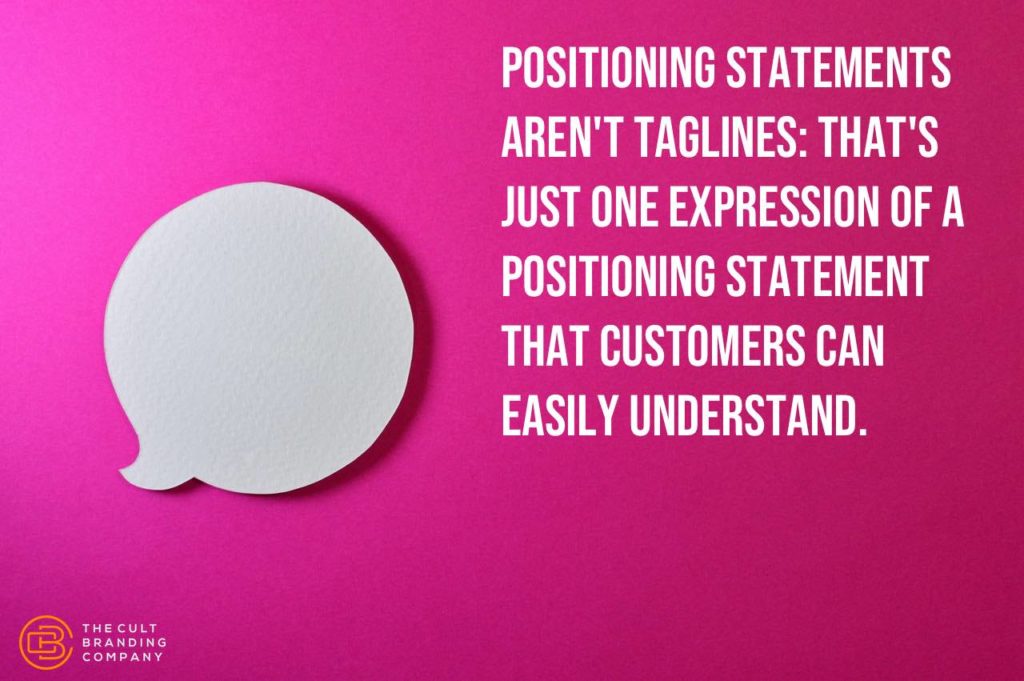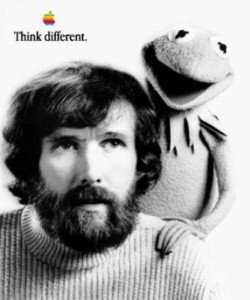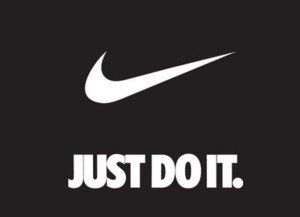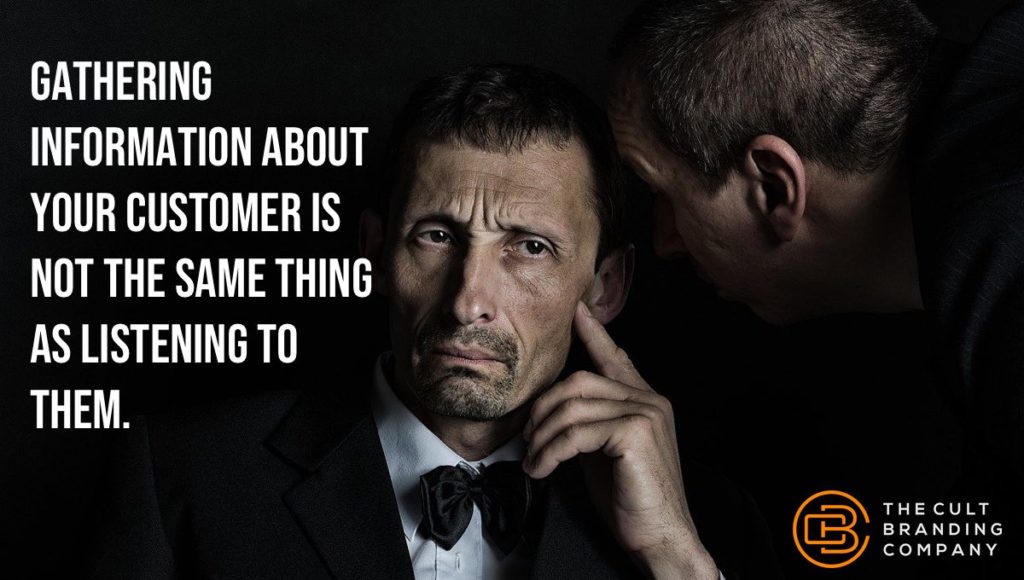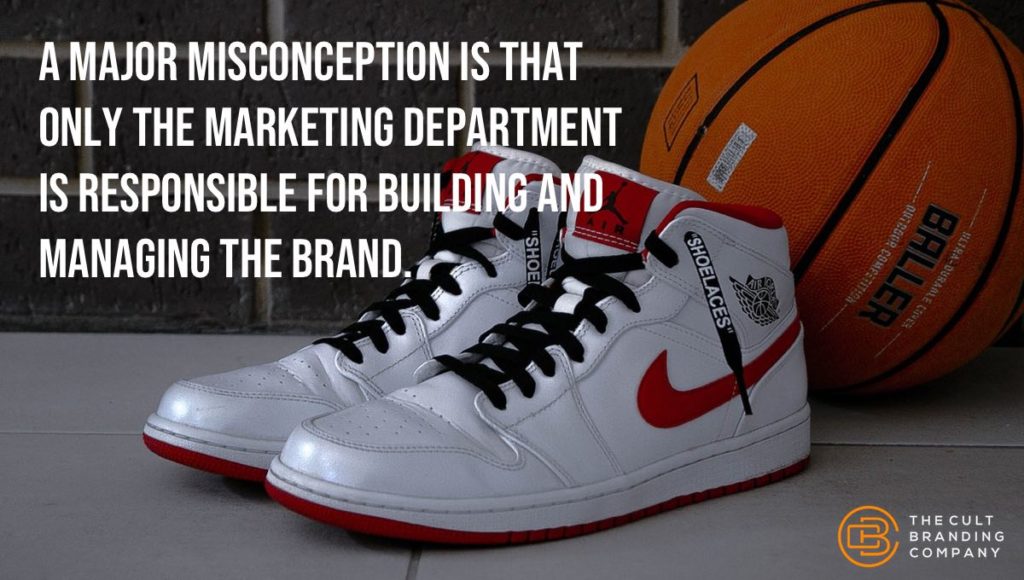
In 1901, Ivan Pavlov rang a bell and a dog began to salivate.
His famous experiment explains much of the mystery behind branding: connect a product or service with the customer’s need and branding occurs.
Said another way: create an association in your customer’s mind between what you offer and what they desire, and magic happens.
Despite the simplicity of this concept, most businesses fail in their branding efforts for one reason: they assume that branding is created exclusively through marketing efforts like advertising.
When Branding Fails
A major misconception is that only the marketing department is responsible for building and managing the brand.
The core of a brand, however, doesn’t exist in an advertising campaign, but in the company itself. When a brand fails, it means the customers never embraced the whole business, going to the competition to meet their needs instead. Brands fail at an organizational level, not because of a single department.
Customers buy the whole business—not just the pricing, distribution, or even the look and feel of the brand. Branding is only a word used to describe the customer’s experience.
When Branding Works
For your organization to achieve long-term success, the entire organization must be an expression of the brand.
Each member of your organization is either building the brand or weakening it. To ensure positive momentum, each team member must clearly understand how he or she contributes to the customer’s experience.
Four Critical Questions for Brand Building
The key to effective brand building, then, is to align your entire organization with your brand’s vision. Before you do this, however, you must have clarity and direction.
Be sure you know the answer to these four questions:
- Where is your business today
- Where does your business want to be tomorrow?
- How does your business define success?
- What has to transform in your company in order for your products and services to embrace your best customer?
While these four questions seem simple, they can be difficult to articulate and can always be refined with greater clarity and insight. These critical questions must be clarified by any business committed to cultivating their brand.
Five Strategies on Selling-in to Your Organization
Here are five ways to help forge a stronger connection between your employees and your customers.
Inspire through conversation. If you want to grow quickly, start having meaningful conversations about your customers with your people—formally and informally. Soon you will find those conversations will fill everyone’s mind with inspiration.
Educate your teams. Some executives write important messages down in a memo and expect their people to do something with them. Every brand needs advocates—people who defend it and teach it. Make sure you are teaching your brand to your people and not just hiding it in the printed word.
Bring the brand to life. Create a video, post pictures of your best customers around your office, pass on compliments from customers to the entire staff, and so on. The more ways you have for bringing your brand to life and illustrating its growth, the more connected your team will be to the brand. When they’re connected, they will know what to do next.
Bring your customers to life. Get in the mindset of your customers and try to understand a day in their lives. Show everyone on your team what it might be like to be the customer. Have everyone imagine this day and how your product plays a part in their day. Next, ask each person to think about how he or she affects the customer’s day, even though oftentimes the customer doesn’t know it.
Create a customer definition. Define the customer your business best serves. By giving your customers a face—with feelings, needs, tensions, and aspirations—your team can have more empathy for them. Once everyone in your organization is consciously serving your customers, much of your branding efforts happen spontaneously.
A Living, Breathing Vision for Your Brand
To be effective at selling in to your organization, you must create a vision to which your entire organization is willing to give their passion.
When you sell in, you are setting up the most important part of your marketing plan: having your people ready to serve your customers and create a brand that means something to them.

